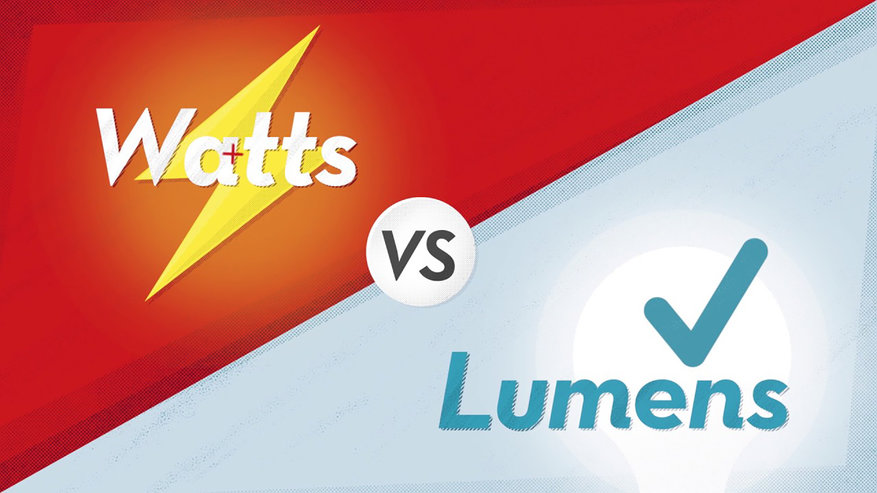Lumens vs. Watts. Yeah, we know it doesn’t have the same kind of flair as something like Red Sox vs. Yankees or, say, Coke vs. Pepsi.
And yet, if you’ve been keeping an eye out on the Jeep landscape the past few years, you know LED lighting has really worked its way into mainstream use – so much so that even Jeep now offers LED lighting as a package on some of its models.
Whether it is headlights, auxiliary lighting or even light bars, LED lights are nearly everywhere now because the cost of these units has dropped significantly as more and more manufactures leap into the lighting marketplace. So, with all that new exposure comes different terminology you may see sprinkled into product descriptions these days - one of those being lumens.
It is not an entirely new term, but one most likely strange to many who are exploring Jeep LED lighting options for the first time. After all, the more familiar watt has long been a staple measurement of traditional incandescent or halogen lighting. Yet everything these days describes LED lighting power in terms of lumens instead of watts.
LED, for those new to the term, stands for light emitting diode and is a product that generates light approximately 90% more efficiently than incandescent bulbs, while requiring significantly less power – great for those who use winches, high powered stereos, or anything else that draws additional battery power.
That lighting is also much brighter than halogen headlights – which comes standard in nearly every Jeep vehicle. Plus, it throws a wider and deeper beam allowing you to see farther down the road, thus increasing safety.
So it is easy to see why LED lighting is so popular these days. But why lumens, and what is the difference from watts when it comes to LED lighting?
Well, lumens is a measurement of total light output or, in other words, the brightness of the bulb. The higher that lumen count, the brighter the light. Conversely, fewer lumens mean it is a dimmer light. In general terms, think of one lumen as approximately equal to the amount of light put out by one birthday candle that is one foot away from you.
In contrast, watts are a measurement of energy and used to determine the rate that energy is used by (among other electronic devices) light bulbs. This is why you see companies measure light usage in ‘kilowatt’ hours. Watts does not measure the brightness of a bulb, but over time with older incandescent or halogen light sources, watts became a generally accepted way to describe light intensity as dimmer bulbs had lower wattage.
However, with the marketplace explosion of more efficient and affordable LED lighting, utilizing watts to measure light output is no longer reliable as there can be vast differences between, say, a 40-watt halogen or incandescent light and a 40-watt LED because of this increased LED efficiency.
"While watt measurements are familiar to consumers and have been featured on the front of light bulb packages for decades, watts are a measurement of energy use, not brightness," the Federal Trade Commission said in a 2011 press release. "As a result, reliance on watt measurements alone make it difficult for consumers to compare traditional incandescent bulbs to more efficient bulbs, such as compact fluorescents."
Displaying wattage on today’s lighting products won’t entirely disappear, and you may still see that measurement somewhere on a product description. But just realize it will not be that same type of wattage number you are used to seeing. In fact, in just about all cases, it will be substantially smaller. Plus, it will not actually correspond to the amount of light produced. So, when trying to decide which LED light may work best for your needs, keep an eye on the lumen count as this is where you will see the true measurement of lighting power.





















